Scroll to browse the library. Click the name to open a PDF in a new window and download.
- Class Prayers
- Level 1 Pranayama Class Practice
- Beginners Yoga Asana Sangraha Sequence
- Yoga Asana Sangraha Level 1 Full Class
- Savasana: 3 Relaxation Techniques
- Effects of Level 1 Pranayama Class
- Surya Namaskar – 8 Types
- Relaxation (Savasana) – 3 Types
- Yoga Sutras
- Recommended books to study the Yoga Sutras
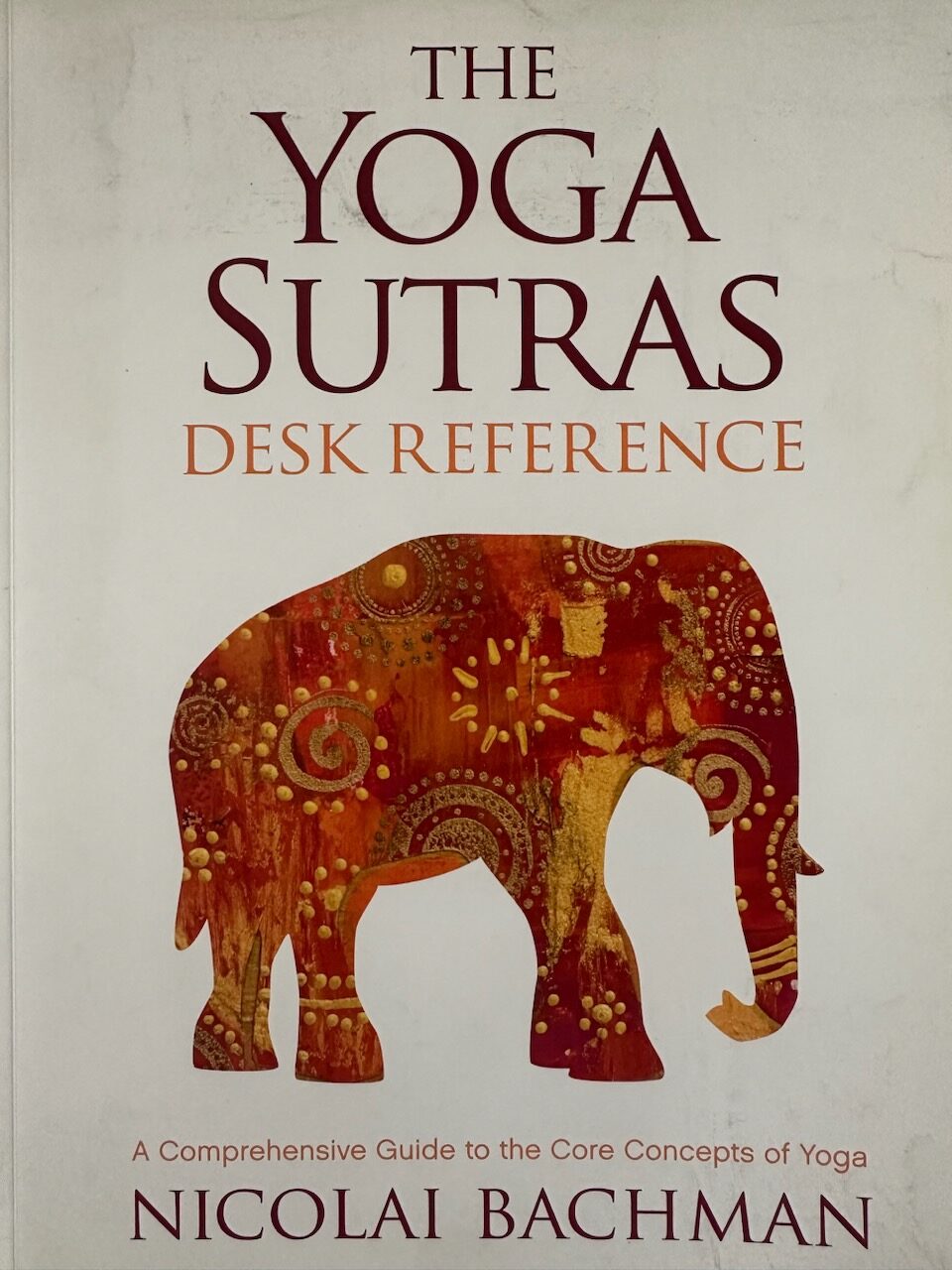
- Nicolai Bachman, Yoga Sutras Desk Reference
- This is an excellent word-by-word translation with Sankhya influenced commentary. Nicolai explains all of the terminology before giving the translation. The book is put together with a tremendous amount of thought and care, and is written in a neutral, explanatory format.
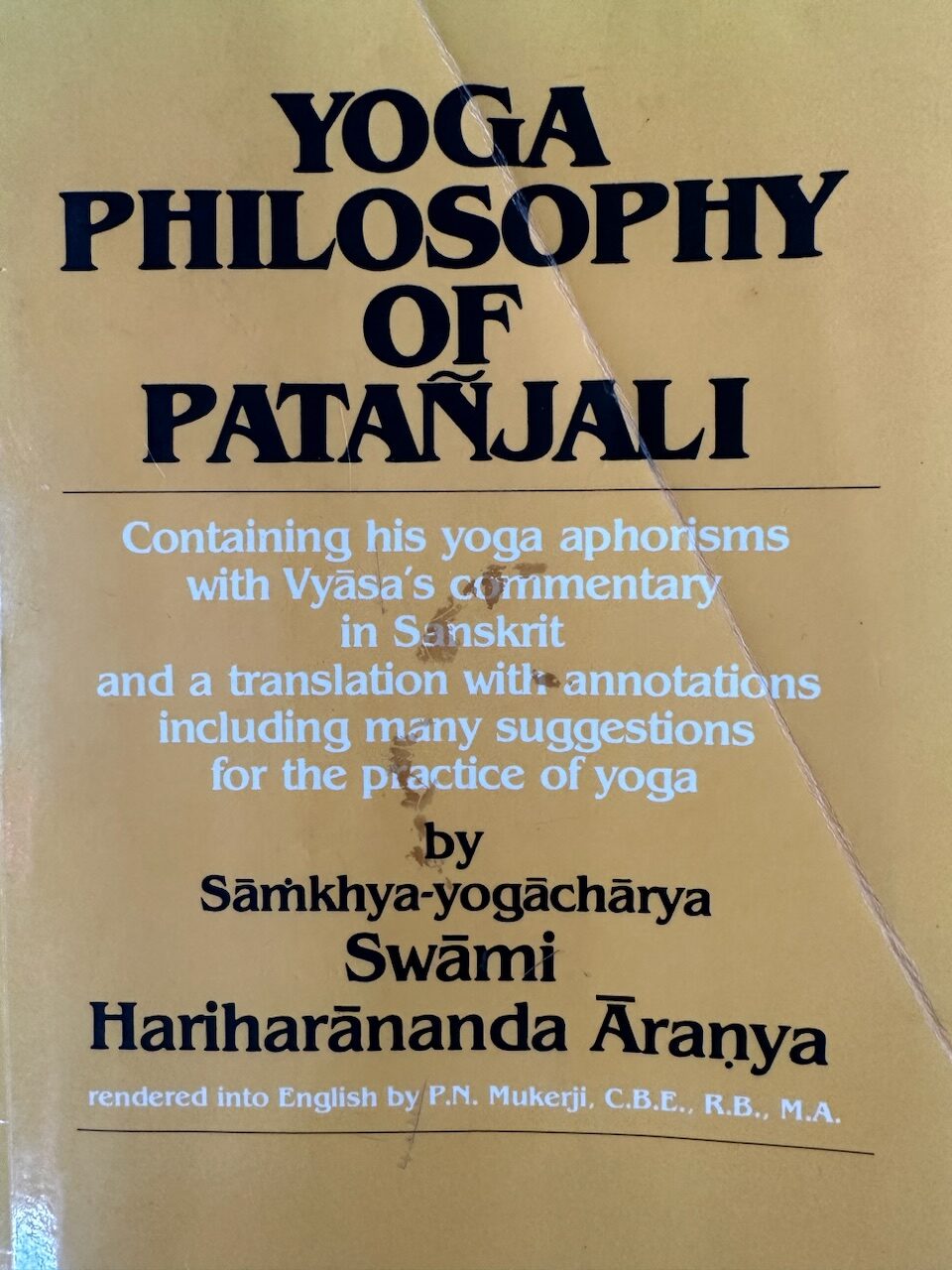
- Swami Hariharananda Aranya, Yoga Philosophy of Patanjali
- This has been my favorite of Yoga Sutra commentaries for a long time. Though it is completely Sankhya influenced, Hariharananda explains concepts in ways not seen in other texts. He was a deep and profound practitioner, and it carries forth in his work. This is not an easy book, but it is a great one.
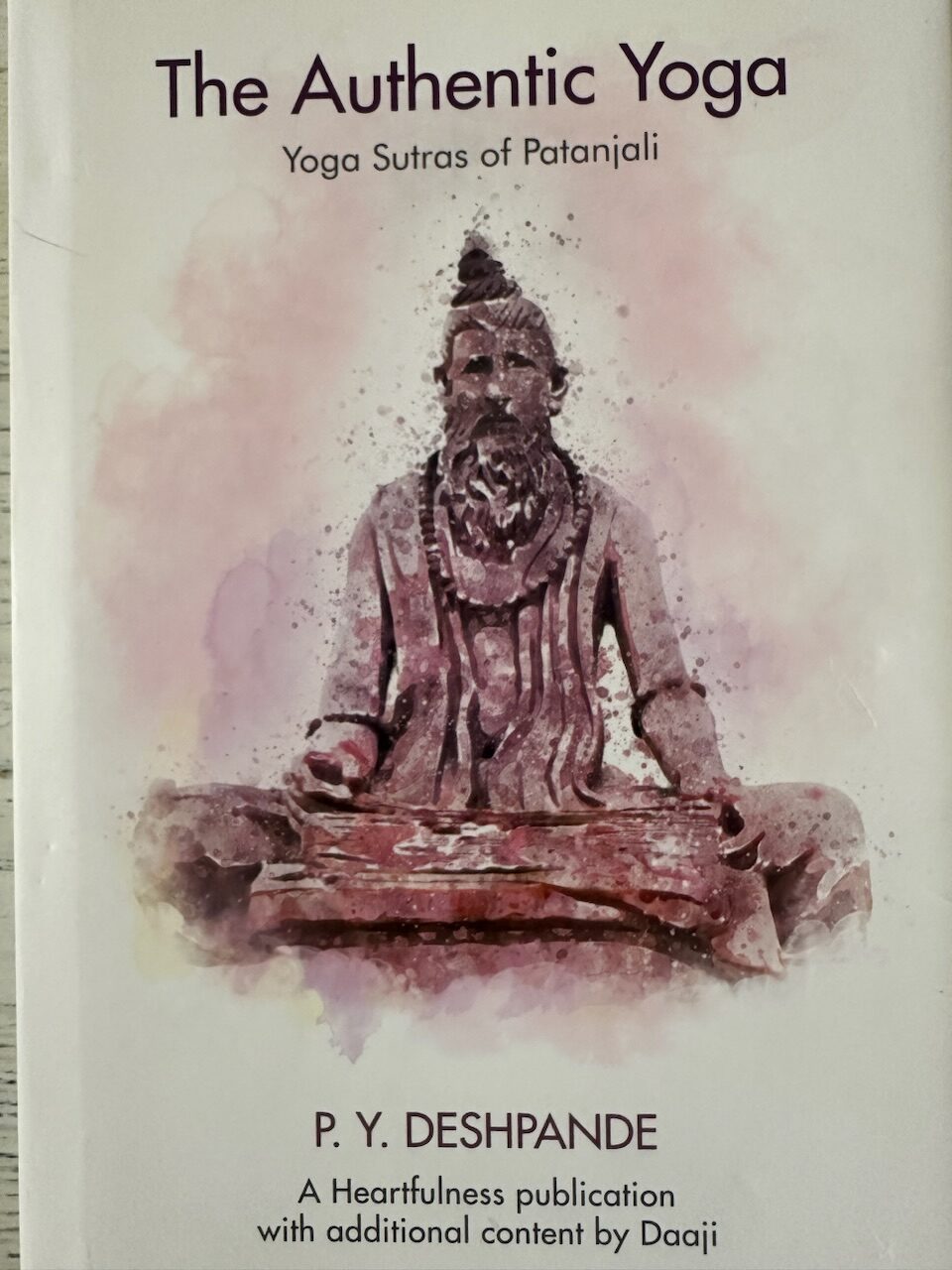
- PY Deshpande, The Authentic Yoga, Yoga Sutras of Patanjali
- This is a newer translation and commentary, from 1978, by a reknowned author and student of J. Krishnamurti. Deshpanded sticks closely to the text, without using other darshanas as influences over his translation. His commentary is unique, and the book is firmly focused on the individuals experience of the Seer within.
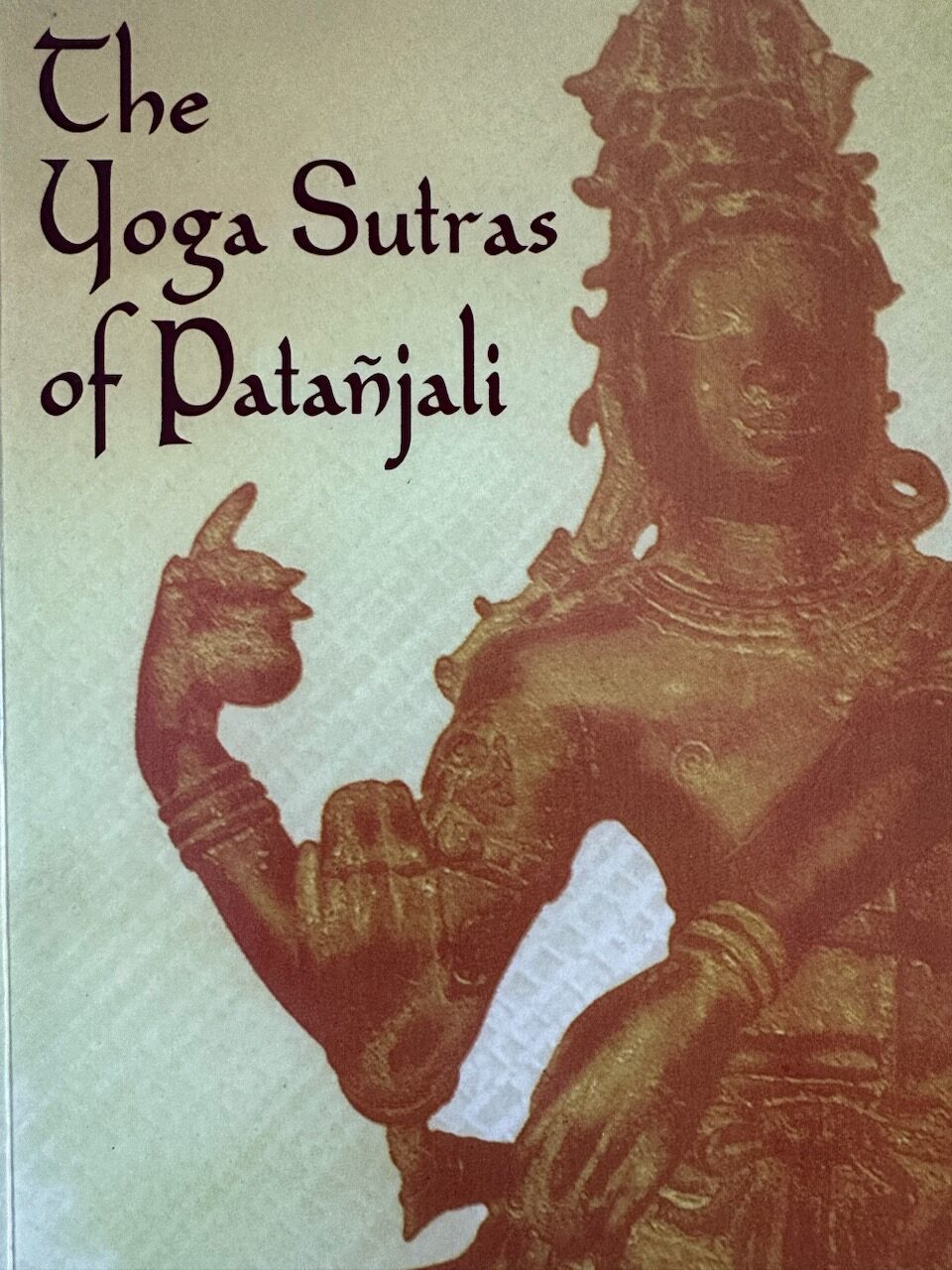
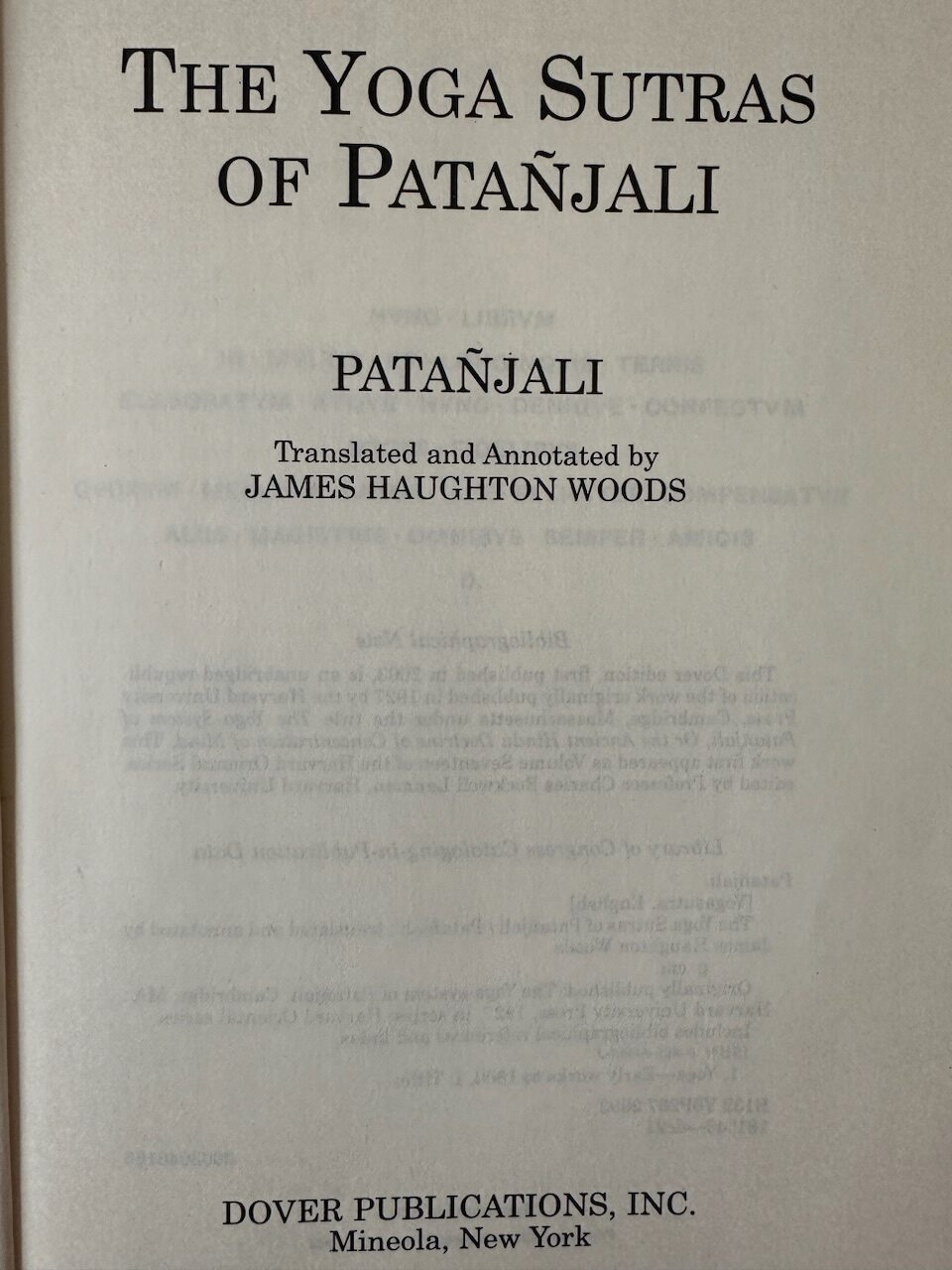
- James Houghton Woods, The Yoga Sutras of Patanjali
- This is not an easy book to read, but is included in this list because it was one of the early translations of Yoga Sutras (1927) by Harvard University Press. Houghton Woods is translating Vacaspati Misra’s commentary, Tattva Vaisharadi, from about 850 CE. The book contains a short but interesting introduction as well. Vacaspati Misra was a staunch Advaita Vedantin, and a student of Mandana Mishra, who was also a disciple of Adi Shankaracharya, and so this text is a commentary on Yoga Sutras influenced by Advaita.
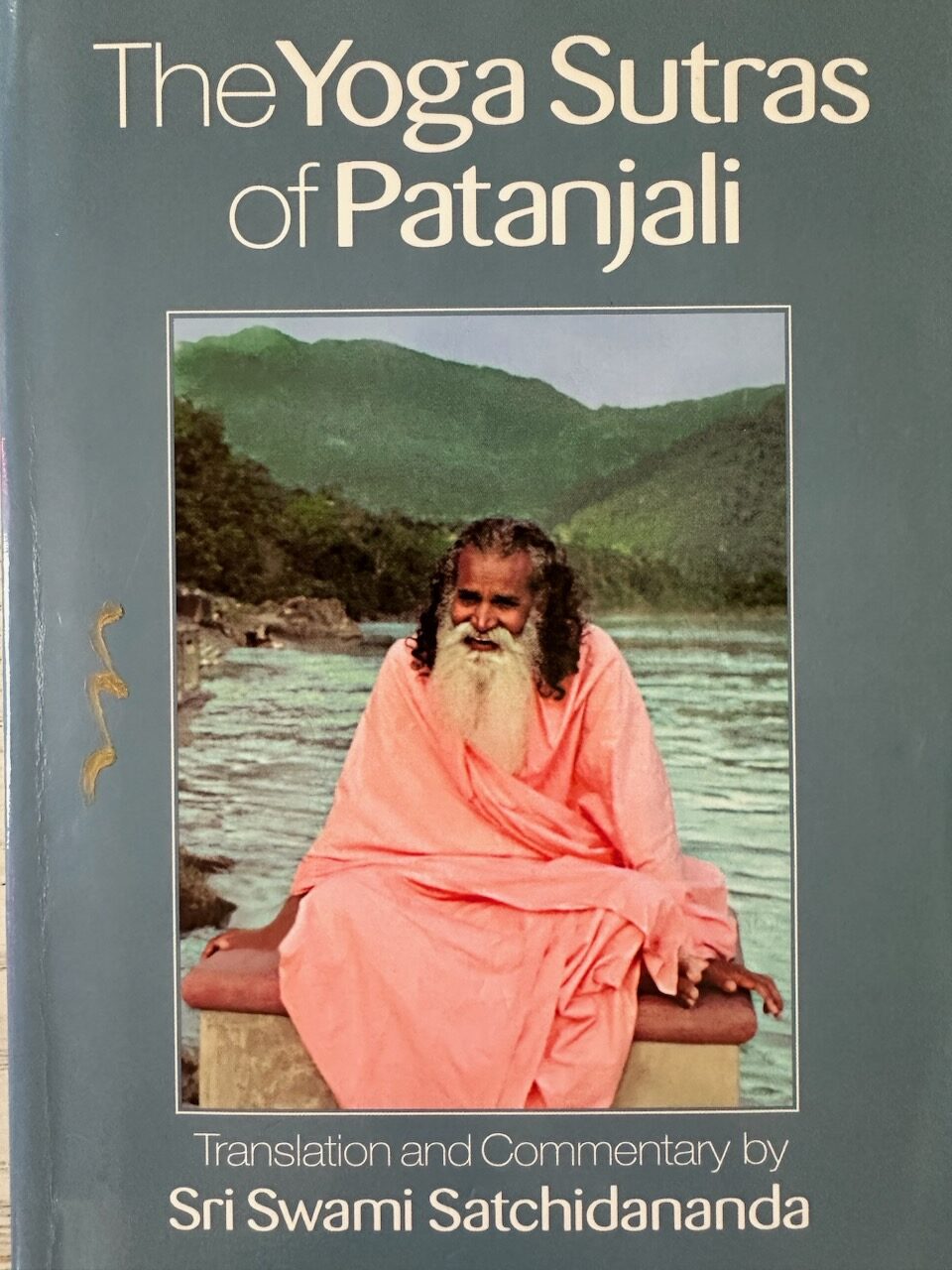
- Swami Satchidananda, The Yoga Sutras of Patanjali
- Of all of the translations included in this short list, Satchidananda’s is probably the easiest and most user friendly version. The translation is clear, accurate, and written in language that is easy to understand. He includes stories and examples that illustrate some of the more complex teachings of Patanjali. Satchidananda’s writing and views on Yoga Sutras are influenced by his Guru, Swami Sivananda, and the tone of his writing reflects his lineage. It’s a great translation to start with.
